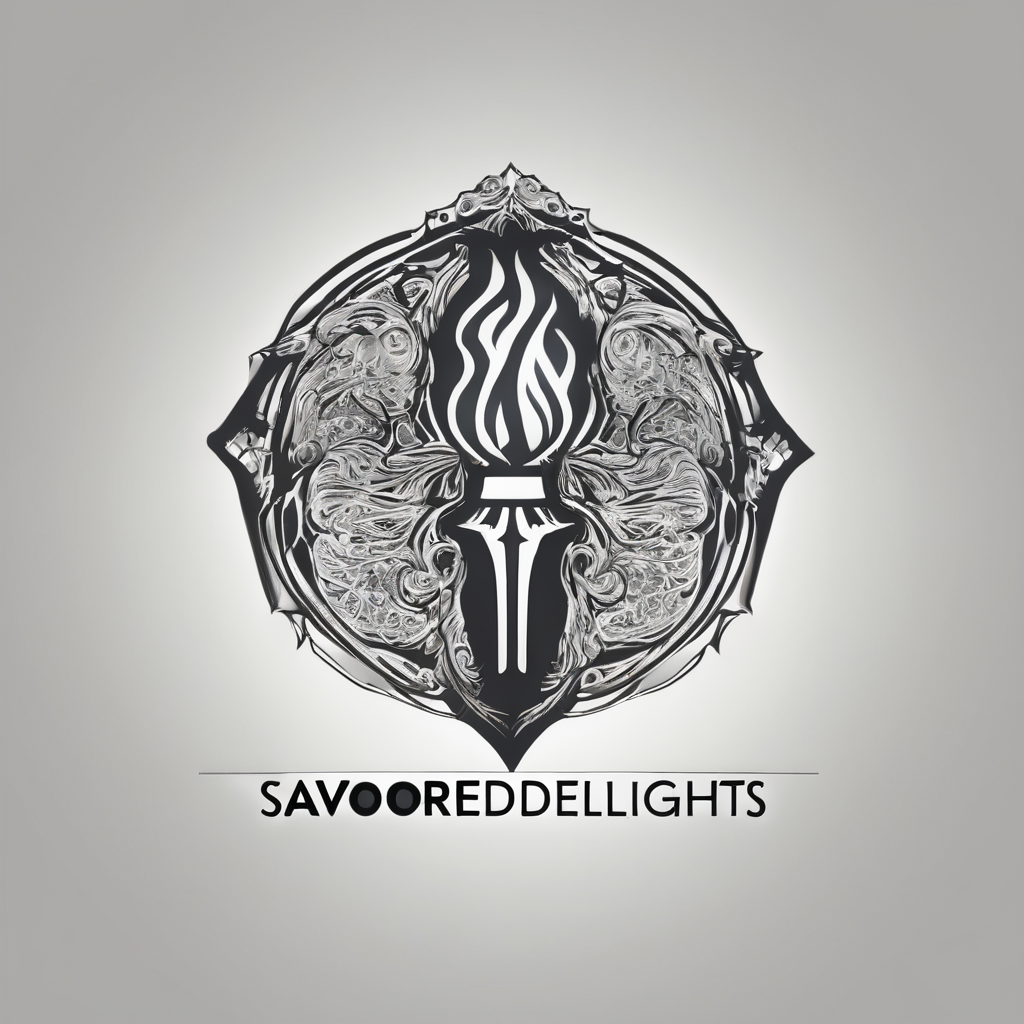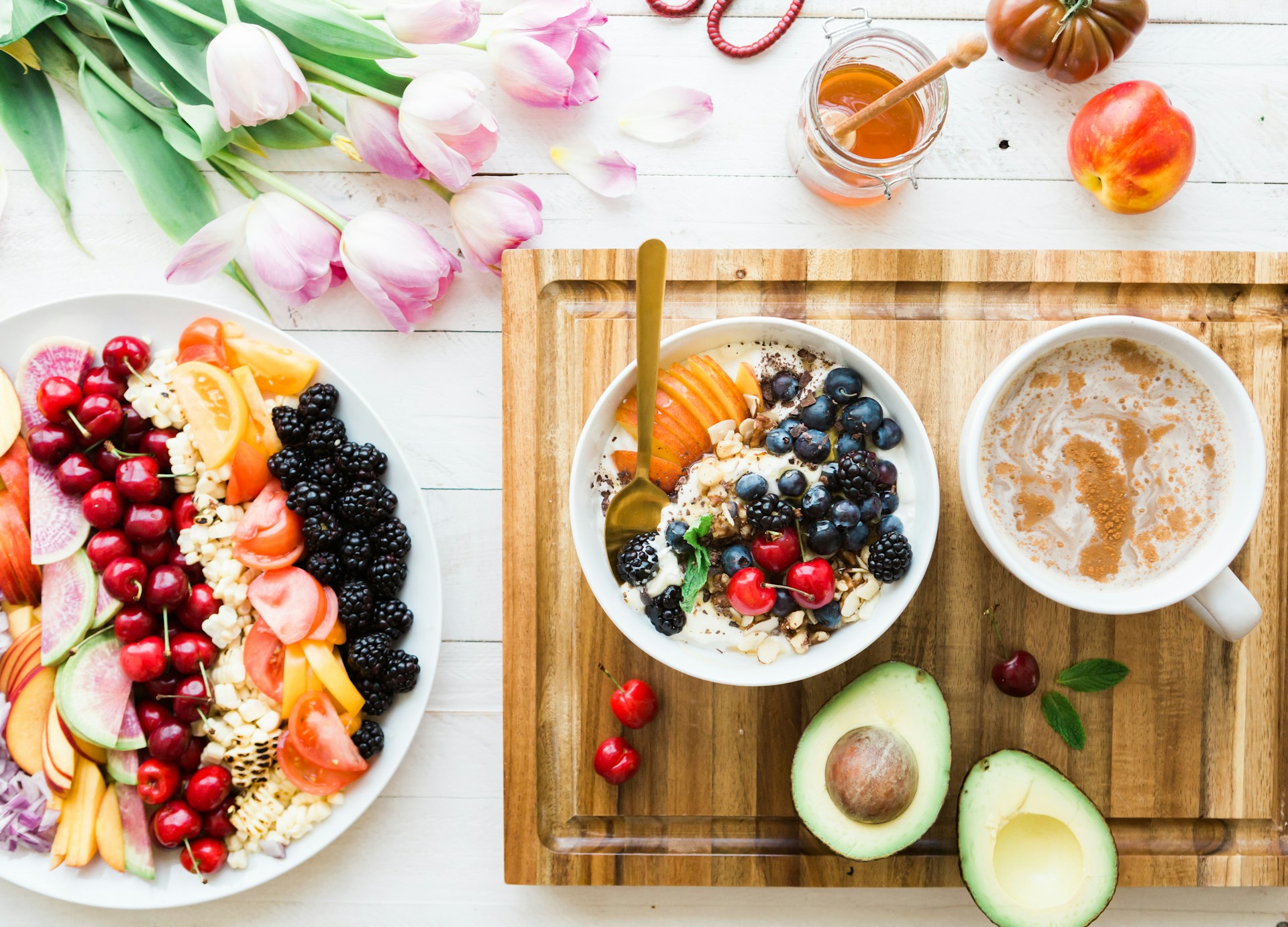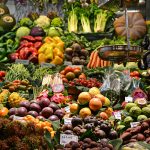Transform your kitchen into an inspiring space with a stunning visual nutrition display. This guide provides actionable steps to create an engaging setup that highlights healthy ingredients and promotes mindful eating. Discover practical tips to enhance aesthetics while making nutritious choices more accessible. Whether you're a culinary novice or a seasoned chef, your kitchen can become a vibrant hub for health and creativity. Let's reshape your culinary environment and celebrate the beauty of nutrition together!
Understanding the Importance of a Visual Nutrition Display
A Visual Nutrition Display can be a transformative tool in promoting healthy eating habits, acting as a daily reminder of nutritious choices. By placing visual cues in the kitchen, individuals can be nudged towards selecting healthier options. Research suggests that when healthy foods are prominently displayed, people are more likely to consume them. This subtle yet effective strategy can significantly impact dietary habits over time.
In parallel : Step-by-Step Guide to Designing a Kitchen Hydration Station for Effective Weight Loss
The psychological benefits of a well-decorated kitchen should not be underestimated. A kitchen that incorporates a Visual Nutrition Display not only enhances the space's aesthetic appeal but also creates an inviting environment that encourages mindful eating. The presence of vibrant, health-oriented visuals can uplift mood and make the act of preparing meals more enjoyable.
Moreover, aesthetics play a crucial role in influencing food choices. A visually appealing kitchen decor can inspire creativity and enthusiasm in meal preparation, leading to more thoughtful and health-conscious decisions. By integrating a Visual Nutrition Display into the kitchen's design, individuals can seamlessly blend functionality with style, making the kitchen a hub of wellness and beauty. This harmonious balance can foster a positive relationship with food and support long-term healthy eating practices.
In parallel : Step-by-Step Guide to Building a Kitchen Hydration Station for Effective Weight Loss
Materials Needed for Your Nutrition Display
Creating an effective Visual Nutrition Display requires thoughtful selection of materials. To begin, consider the essential materials for display such as clear containers, which allow easy visibility of the food items within. These containers help in maintaining organisation while also keeping the kitchen tidy. Labels are another crucial component, offering clarity and quick identification of stored ingredients. Additionally, decorative items like small plants or colourful bowls can enhance the overall aesthetic, making the display more inviting.
When selecting kitchen supplies, opt for eco-friendly and durable options. Glass containers, for example, are not only sustainable but also long-lasting, reducing the need for frequent replacements. Bamboo or recycled materials can also be excellent choices for labels and other decor items, aligning with environmentally conscious practices.
For those on a budget, sourcing materials can be both economical and rewarding. Consider visiting thrift stores or online marketplaces for unique and affordable finds. Repurposing existing household items is another creative way to achieve a stylish display without overspending. By focusing on these display tools, you can create a visually appealing and functional nutrition display that supports healthy eating habits while being mindful of the environment and your wallet.
Step-by-Step Process to Create Your Display
Creating a Visual Nutrition Display is an engaging project that can significantly enhance your kitchen space. This DIY Nutrition guide will walk you through the essential steps.
Planning Your Design
Start by envisioning the overall look of your display. Consider the space available and how you can best utilise it. Measure the area to ensure your components fit seamlessly. Think about a theme that resonates with your personal style, whether it's rustic, modern, or minimalist. This thematic cohesion will make your display more visually appealing and harmonious.
Assembling the Components
Gather your materials: clear containers, labels, and decorative items. Arrange these elements to ensure functionality and aesthetics. Use colour and texture to create a dynamic look. For instance, group items by colour or texture to add depth and interest. Ensure that labels are clear and positioned for easy readability.
Finalizing the Layout
Once your components are in place, adjust the spacing to maintain a balanced appearance. Proper spacing prevents clutter and highlights each element. Experiment with different arrangements until you find a layout that is both practical and pleasing. Remember, the goal is to make your kitchen a space that encourages healthy eating habits through thoughtful design.
Design Ideas for Inspiration
Exploring various design ideas can transform your kitchen into a vibrant space that encourages healthy eating. By drawing from different styles, you can create a creative display that reflects your personality and enhances your kitchen's aesthetic.
Different Styles
Consider incorporating styles such as minimalist, rustic, or modern into your display. A minimalist approach focuses on simplicity, using clean lines and neutral colours to create a serene environment. Rustic designs embrace natural materials and textures, adding warmth and charm to your kitchen. Modern styles often feature sleek, bold elements and innovative materials, creating a sophisticated look.
Seasonal Themes
Incorporating seasonal themes can keep your display fresh and engaging. Use seasonal fruits and vegetables as focal points, or integrate seasonal colours through decorative items. This not only adds visual interest but also encourages the consumption of seasonal produce, which is often fresher and more nutritious.
Artwork and Quotes
Utilising artwork or quotes can enhance the aesthetic of your display. Choose pieces that resonate with you, whether they are motivational quotes or vibrant artwork. These elements can add a personal touch, making your kitchen a more inviting and inspiring space. Consider rotating artwork or quotes to keep the display dynamic and reflective of your evolving tastes.
Maintaining and Updating Your Nutrition Display
A Visual Nutrition Display is not just a static element in your kitchen; it requires regular Display Maintenance to remain effective and appealing. Keeping it organised involves routinely checking for expired items and ensuring that containers are clean and labels are legible. This not only maintains hygiene but also enhances the visual appeal of your display.
Rotating and Updating Decor
To keep your display engaging, consider Updating Decor by rotating items regularly. This could mean swapping out certain foods or decorative elements to prevent monotony. By introducing new items, you can maintain interest and encourage trying different healthy options.
Embracing Seasonal Changes
Incorporating Seasonal Changes is an excellent way to reflect your evolving health goals. Consider using seasonal fruits and vegetables as part of your display. This not only adds variety but also promotes the consumption of fresh, in-season produce. Additionally, adjusting the colour scheme or decorative elements to match the season can keep your display visually stimulating.
By following these tips, you can ensure your Visual Nutrition Display remains a dynamic and motivating part of your kitchen, continually inspiring healthy eating habits.
Integrating Health Information into Your Display
Incorporating Health Information into your Visual Nutrition Display can transform it from a mere decorative element into an educational tool. By including Nutrition Tips, you can provide valuable insights that encourage healthier eating habits.
Ideas for Including Nutritional Facts
Consider adding nutritional facts about the foods you display. This could be done through small cards or labels that highlight key benefits, such as vitamin content or calorie count. These facts serve as gentle reminders of the nutritional value of your choices, promoting informed decision-making.
Creative Ways to Use Visual Aids
Using visual aids like charts and infographics can make your display both informative and engaging. For instance, a chart showing the daily recommended intake of fruits and vegetables can be an eye-catching and educational addition. Infographics that illustrate the benefits of various food groups can also enhance understanding and retention of health information.
Importance of Informative Displays
Making your display informative as well as decorative is crucial. This dual-purpose approach not only beautifies your kitchen but also serves as a constant source of educational displays. By integrating health information seamlessly, you create a dynamic environment that supports and reinforces healthy eating behaviours.






